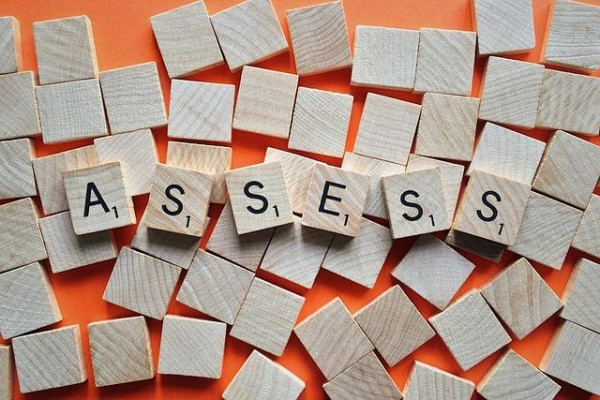Share4Rare toolkit for patient advocacy
Monitoring & evaluation
What are monitoring and evaluation?
Monitoring is essential when developing a project, is the process of following the activities that are happening, providing support to the people involved when needed and how to reach the final objective of the plan correctly. It essentially is following and supervising and project to smoothly allow it to be accomplished.
In contrast, Evaluation is the process of assess that activities, milestones, events, regulation and other steps are being accomplished correctly to ensure that correct project, programme, strategy and operations are delivered. Here we can include an examination about the quality of the events done or documents generated.

Photo by rawpixel on Unsplash
Monitoring and evaluation of initiatives on patient advocacy take place on a number of different levels, depending on the goals and objectives of the programme and the scope of activities and strategies being designed or implemented. But both are essential to ensure the impact of your project to change the advocacy landscape. Some templates to start building the framework for M&E are available.
How to monitor and evaluate
It is tentative to think that monitoring and evaluation are happening and only needed in checkpoints, what can be at different points of the project lifetime or when delivering new information or events. But the reality is that these are continuous processes. What does this mean? You should continuously ask yourself if the process the project is doing and getting is towards the objective and what is the strategy to follow to ensure its delivery. It is important to ask yourself at every step of the process because the project is life itself: it changes and adapts to the circumstances, so new paths can be undertaken to get to the end successfully. You should view these processes as part of the programme and should be considered before any intervention takes place.
There are different processes that will help you doing monitoring and evaluation easier:
- Evaluate the (real) needs that your project will cover.
- Plan the strategy on how you expect to reach the objective and plan the way you will do the monitoring and evaluation for the following up of the process in advance.
- State clearly the milestones you should accomplish to success and share it with the people involved so all can understand and get involved since the start.
How to evaluate impact
Impact is probably the most difficult issue to measure. By impact, we understand how the project pretends to change and improve the life of the target population. What is needed to measure the impact is to establish where were these people at the start of the project, in terms of the object of the plan (checking the baseline or starting point). This can be measured by creating a specific survey in order to collect the information required to do the follow-up. The items asked in the survey should be related to the objectives of the project. After agreement of different times evaluation, the survey can be answered again and finally picture should be undertaken at the end of the project. This will show how the involvement in the project has improved their outcomes or how it has “impacted” their lives.
If different groups of people are pretended to be targeted, at least a representative sample of each of them should be tested by a survey or a similar approach.
Starting and ending
Monitoring happens when the project has begun but, what about evaluation? Well, it is similarly important to evaluate before and after the life of the project.
By evaluating before, we can consider evaluation if the project makes sense (need evaluation) but also, evaluate the resources in terms of money, time and effort that this will mean. This can determine the viability of the project and facilitate decisions or further resource commitment.

Free photo on Pixabay
Use the tool and template of the Decision Matrix to analyse and map the best choice to work on, using different predetermined criteria and ranking. Those factors have a specific rating and if all filled in correctly, it results in a number that helps to make a good rational decision, that all people involved agree with.
By evaluating after the end of the project, we can find different exits for our project we have discovered during the way. Making the projects sustainable in time is a commitment must be done when improving people’s lives is what we are talking about. That’s why is at this moment to finally conclude opening the results of the project to make it bigger and study possible paths to continue increasing the project and creating impact.